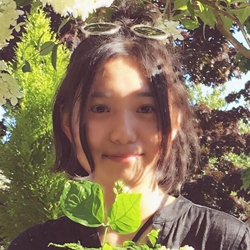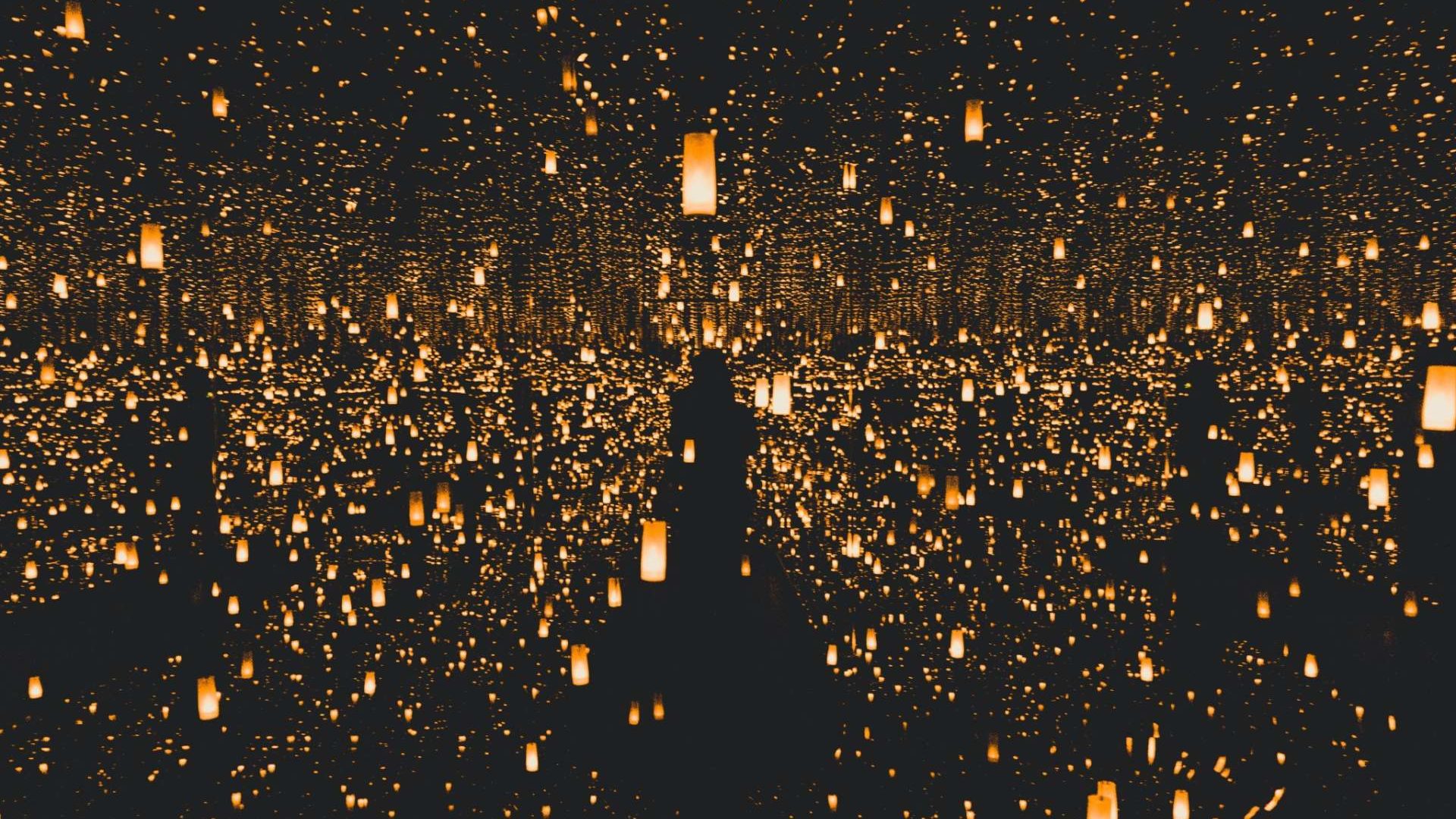This summer, Dr. Kj Swanson, Adjunct Faculty, offered a Theological and Cultural Engagement class exploring “Disney, Fairy Tales, and Feminist Theory.” Here, Wenfei Ma, an international student from China in The Seattle School’s MA in Counseling Psychology program, reflects on her experience of the class and her final project, which explored different versions of the Mulan story and their reflections of feminist theory. You can also read this intro post from Dr. Swanson about her vision for the class.
What drew you to this class in the first place?
I was a Disney fan when I was a little girl. Like other girls, I was so fascinated by fairy tales and dreamed of being a princess, but I was not aware of the implications that those stories hold. When this class was offered exploring feminist ideas in Disney stories, I felt the need to trace back what I’ve learned and uncover something different.
Can you tell us about your final project and how the idea came to you?
When Kj offered the final project idea, I started to think about something familiar with which I could bring some multicultural perspectives connected to the theme. I tried to look through all the Disney films, and Mulan came to my mind suddenly. It is a perfect topic for me since I was quite familiar with it when I was young, most Americans are also familiar with the Disney version, and Mulan is a feminist figure which fits the work of this course. So I decided to talk about the Mulan story under the different cultural lens.
What did the story of Mulan mean to you as a child?
I actually saw Mulan as my hero when I was a child. I could recite the Ballad of Mulan when I was in primary school. There were also dramas and musical performances based on the story of Mulan in my country. Such a female character was deeply rooted in my mind, and I wished to become a heroine like her—to do the right things, be kind, and try my best to help others. Maybe her obstinateness touched me in my early life and let me become who I am.
What are some of the main differences between the original and the American version?
First, they have a different emphasis. The original Mulan story emphasized filial piety to the family and loyalty to the monarch, whereas the Disney version of Mulan has a strong highlight on how the woman can do the same as the man, or even better. Second, the story’s structure changed in the American version. Disney added the romantic love between Mulan and General Xiang, and Mulan saved the emperor at the end of the film, which we didn’t see in the Chinese version of Mulan. Third, the Disney version spends a lot of time to draw on the service life of Mulan and offers a strong feminist idea on the Mulan figure, which is barely seen in the original Mulan. Although the original Mulan has a sort of feminist idea, it is implicit.
Why does it seem important to compare these versions, to look at how a story is told differently in different contexts?
Seeing the story in multicultural contexts reveals different ideas. From where we are born and our different cultures, we can think about things in totally different ways. Through a Western lens, the feminist Mulan fights for her country and becomes a hero, but through a Chinese view, Mulan is a brave woman who feels concern for her parents and loyalty to where she belongs. What a difference we can see when we compare and contrast the same story in different contexts.
“What a difference we can see when we compare and contrast the same story in different contexts.”
How has the work of comparing these stories impacted your understanding of feminist thought?
This was the first time I tried to explore different interpretations of Chinese feminism and other feminist thought. Feminism in the Mulan stories varies based on each cultural lens, and it changes with time and the backdrop of history. I started to realize that a multicultural perspective is helpful to understand each version of feminism. Different critics criticize the same story using their cultural lens. For instance, some American critics see Disney’s Mulan as an anti-feminist film because it contains gender stereotype and sexism. At the same time, the Mulan figure in the Disney movie is the first female character who is neither a princess nor born into a wealthy family. The audience, basically girls in all classes of families, are able to see that they are equal to men and can reach what they want through hard work (which can be connected to the ethos of the “American dream” during the 19th and 20th centuries). It depends on which perspective I choose to stand.
What was most surprising to you as you worked on this?
In my research, I was aware of how Chinese feminism is changing with Chinese history. The meaning of it must be informed by the specific historical circumstance. As the researcher Feng Lan has written, the old Chinese feminist is implicit within Chinese philosophical ideas of gender roles; whereas not many females can speak out publicly under a patriarchal society, rather the communist Chinese view of feminism involves much activity in either family or social work under Mao Zedong’s communist revolution. Meanwhile in Disney’s Mulan, we can see the strong Western view of feminism, which doesn’t fit into the historical Chinese background—it is Americanized Chinese feminism. It is a clear image of influences based on cultural differences, and a reminder that Chinese Feminism cannot be interpreted individually.
Overall, how do you think this class has impacted you? How might it affect your ongoing studies?
This class drew me into a fantasy world which I felt close to but unfamiliar with. I thought I knew those stories well already, such as Snow White, Cinderella, Sleeping Beauty, but I hadn’t yet known their implications on feminist thought. Exploring the interpretations of these stories, and looking at the historical context underneath, is a field I had never worked in before, which is exciting to me. Because I was born in a communist country, all I learned is Asian ways of thinking, affected by ancient Chinese philosophers. Learning about American feminism and different ideas of seeing fairy tales has given me a broader space to think about stories and consider theories in my future studies.


